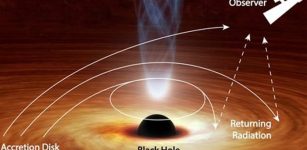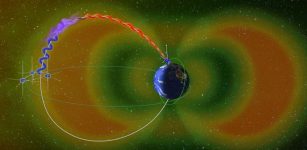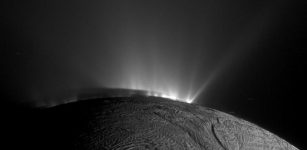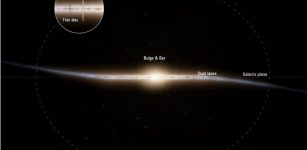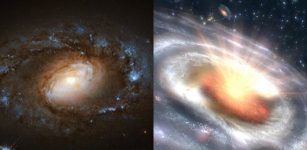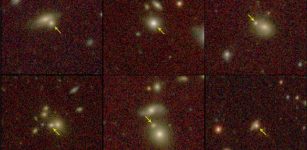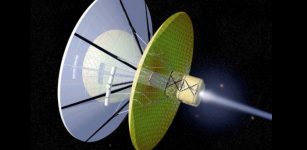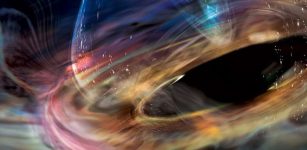Gigantic Oldest And Most Distant Black Hole Ever Observed – How Could It Have Grown So Quickly?
MessageToEagle.com – The most distant and oldest black hole ever observed is reported by a team of astronomers from MIT’s Kavli Institute for Astrophysics and Space Research and the Carnegie Institution for Science.
The monstrous object is 800 million times more massive than the sun and was detected by Eduardo Bañados, an astronomer at Carnegie, while searching through multiple all-sky surveys, or maps of the distant universe.
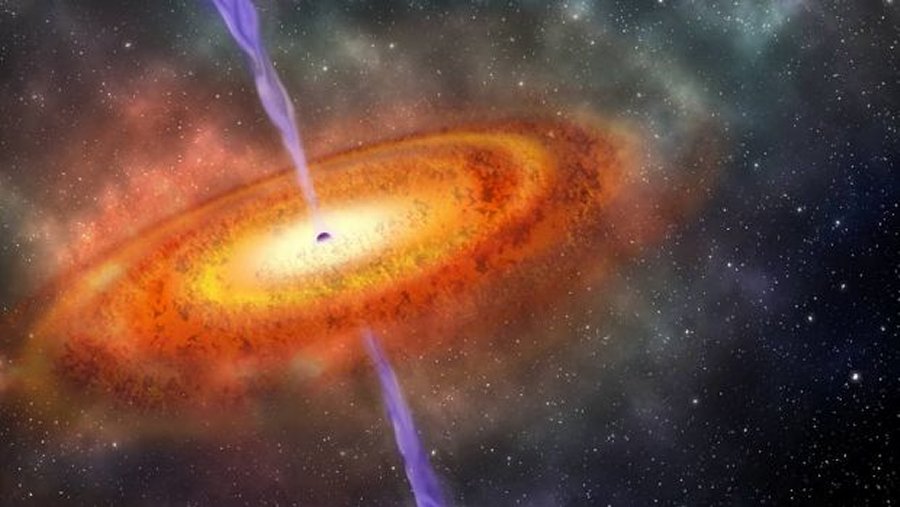
Bañados was looking in particular for quasars — some of the brightest objects in the universe, that consist of a supermassive black hole surrounded by swirling, accreting disks of matter.
The black hole resides in the center of an extremely luminous quasar that dates back to about 690 million years after the Big Bang. The quasar (designated J1342+0928, ) is located approximately 13.1 billion light years away from Earth, which means it took so long time to reach us on Earth.
NOTE: Quasars are the most luminous non-transient objects known, and as such they enable studies of the Universe at the earliest cosmic epochs.
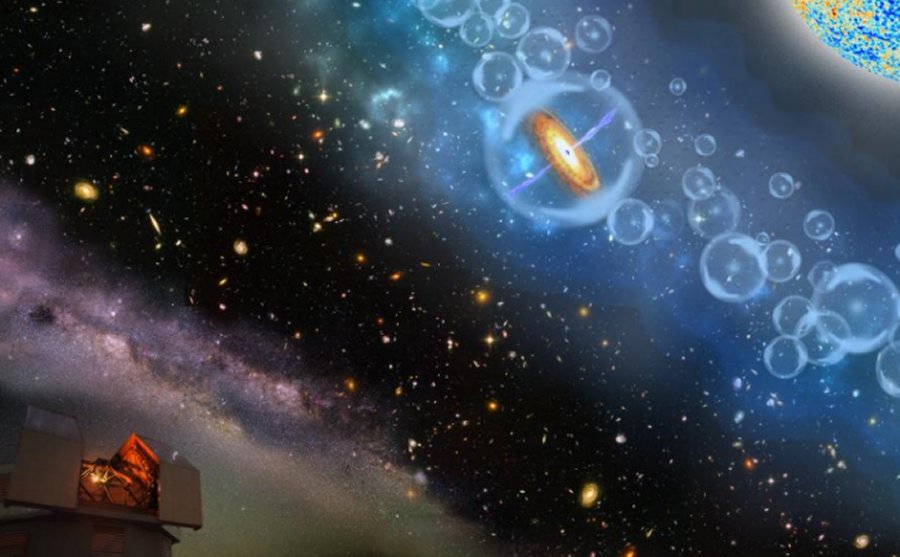
Scientists predict the sky contains between 20 and 100 quasars as bright and as distant as this quasar J1342+0928.
“This is the only object we have observed from this era,” says Robert Simcoe, the Francis L. Friedman Professor of Physics in MIT’s Kavli Institute for Astrophysics and Space Research.
“It has an extremely high mass, and yet the universe is so young that this thing shouldn’t exist. The universe was just not old enough to make a black hole that big. It’s very puzzling.”
For black holes to become so large in the early universe, astronomers speculate there must have been special conditions to allow rapid growth — but for now, the underlying reason remains mysterious.
The object was studied using ground-based telescopes in Chile and Hawaii and NASA’s orbiting Wide-field Infrared Survey Explorer (WISE).
MessageToEagle.com
Expand for references
